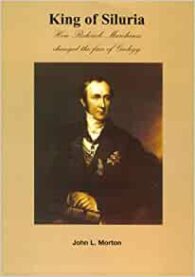This is a third, revised edition of a very successful, introductory-level geology guide. In it, the author has taken the opportunity to revise and update the text, and to substitute improved illustrations for some of the old ones.
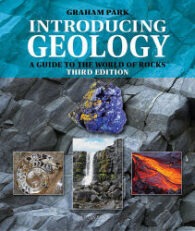

This is a third, revised edition of a very successful, introductory-level geology guide. In it, the author has taken the opportunity to revise and update the text, and to substitute improved illustrations for some of the old ones.

I wouldn’t say I know Paul Taylor other than as an editor of his articles for Deposits magazine, but I did once go on a fieldtrip with him, more years ago than I care to remember. It was to the Coralline Crag of Suffolk, which was chock full of bryozoans – Paul’s favourite fossil. And very interesting it was too – as was Paul. Therefore, I am not surprised how fascinating this book turns out to be.
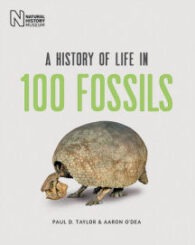
I remember buying the first edition of Ken Brook’s fascinating little guide on Hastings a long time ago, and bumbling off to Hastings in the hope of finding Lower Cretaceous dinosaurs and tree ferns.
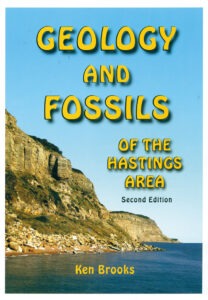
Vesuvius is a European geological icon par excellence. There are many books about this wonderful volcano and most people will know its connection with the destruction of Pompeii. Therefore, this book is as much about its social history, as it is about its geology.

Any serious collector of fossils will certainly have heard of the famous Green River, Morrison and Hell Creek formations. These, are not commonly detailed in guides that can easily be obtained in the UK – that is until now. Dr John R Nudds from the University of Manchester, UK, has teamed up with Dr Paul A Selden from the University of Kansas, USA, to produce this outstanding publication.
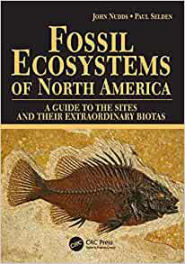
In recent years, there has been a lot written on the fossils of the UK Chalk. However, this guide was the first and is still probably the best for identifying and learning about the fossils that can be found in the chalk cliffs and pits of the UK.
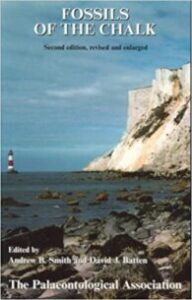
Scotland has been the source of many important fossil discoveries, from the first ever soft body parts of the conodont animal, to Devonian fishes and early tetrapods. Yet, apart from a few very good books, there is next to nothing on the fossils that can be found here. Therefore, this little book comes as a welcome addition to this otherwise barren literary scene.

In recent years, the Jurassic Coast Trust really has produced some great books and I have had the privilege of reviewing quite a number of them. These two companion books are intended as walking guides to the World Heritage Site – the so-called ‘Jurassic Coast’ – and the first covers the western limb from Orcombe Point to the Fleet, while the second deals with the eastern part, from Portland to Studland.
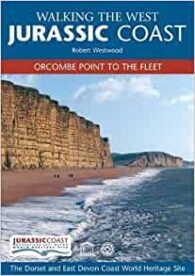
Introducing Mineralogy continues the high standard set by its predecessors in the Dunedin series of guides introducing aspects of the different sciences, especially the earth sciences. It is slightly larger than some of the others, but is still beautifully illustrated, nicely written and very informative.
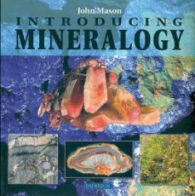
This is a brief guide explaining how the reader may collect meaningful data at outcrop level and make provisional identifications of common lithologies. It is not intended as a comprehensive field geology textbook and assumes that readers have already studied geological theory (and, as such, is probably most useful of the undergraduate, but could be interesting for anyone interested in geology).
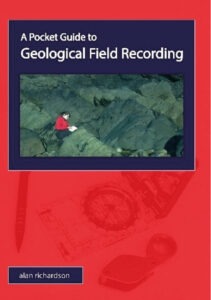
The Geologists’ Association is making something of a name for itself when it comes to pushing the envelope in geological publishing in the UK. It has already produced guides to the geology of non-UK locations and I have reviewed a new guide to the roadside geology of Wales. In itself, that was quite a departure, but so is the book under review – a guide to the ‘urban geology’ of Barcelona.
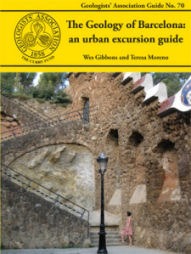
The format of Dunedin books is always the same – authorative, but easy to understand text, interspersed by bold, full colour diagrams and photographs. And the topics of oceanography and meteorology certainly complement each other. The planet is two-thirds covered by water and the energy it contains massively affects the way the Earth system (especially climate) works.
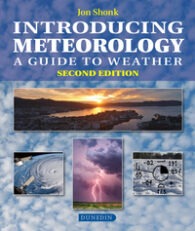
The British upper Ordovician has a spectacular variety of invertebrate fossils. The marine communities in which they lived developed on a number of microcontintents and terranes, associated with tectonically active areas of the Earth’s crust.

Dunedin publishes a series of ‘Guide to’ books that are excellent little volumes for the beginner and the amateur, and this one is no different. Written by the ubiquitous volcano specialist, Dougal Jerram (aka Dr Volcano), it is a nice little summary of the basics of the science of volcanology.
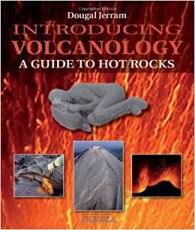
Back in 1994, Scottish Natural Heritage, together with the BGS, published a guidebook entitled Cairngorms: A landscape fashioned by geology. With the publication of Argyll and the Islands: A landscape fashioned by geology, it has now extended this excellent series to 20 such guides.

This book has the shape, form and feel of a holiday souvenir book – the sort you buy in tourist information shops to commemorate your visit, with pictures of the sites you didn’t have time to see. And, there is plenty of information for the curious visitor wanting to learn more about the earth science of the area. However, that isn’t the reason why I find it really interesting.

This is a charming little book, which describes itself as an “admittedly idiosyncratic compendium of [geological] words and phrases chosen because they are portals into larger stories”. It succeeds brilliantly at its professed goal, combining a great deal of information, education, and a gentle sense of fun, brought out very nicely by some attractive and humorous illustrations.
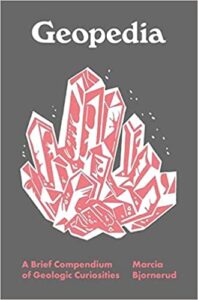
Fossils of the Rhaetian Penarth Group was the ninth published by PalAss and covers the eponymous Rhaetian Penarth Group, which includes the former Westbury Beds, Cotham Beds and White Lias.

I have been lucky enough to review several books by Dunedin – the others being on palaeontology, geology and volcanology. And this is as good as the others. However, it is not an easy book to read. The illustrations are, as always, superb – colourful and clear – but this book is more suitable for the more mathematically and scientifically minded, especially those who enjoy the science of engineering.
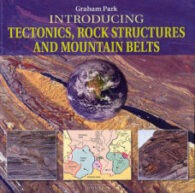
The Caithness area of Scotland is important for its geology, but is also well known for its palaeontology. The Caithness Flagstones are famous for fossil fish and the Helmsdale Fault for the Helmsdale Boulder Beds deposit, beside an active submarine fault scarp. The area even once had its own ‘gold rush’ and you can still try your luck at panning there today at Kildonan.
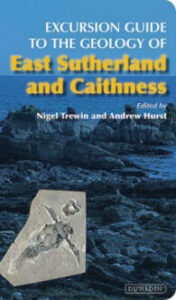
I love both the Yorkshire coast and its Jurassic fossil flora. I have used this guide many times, while ambling around looking for fossil plants.

Once upon a time, I would have said that the only reason to buy this sort of guide is to look at the (black and white) photos of dinosaurs and their bones, and learn about the terrestrial life of what is now the Isle of Wight. However, this is obviously wrong. Of course it is possible for amateurs, as well as professionals, to find dinosaur bones on the beaches of the island.
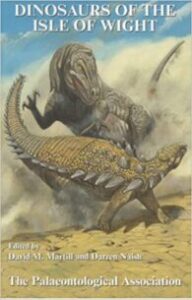
Nowadays, people don’t do geology – they do ‘earth sciences’ – and this book is very much in that mould. That’s not to say this is a problem. Expanding the study of the world to take on a more holistic view of how things work is fascinating and, it is clear from this book, just how much man has now begun to understand and benefit from this new way of looking at geological science.
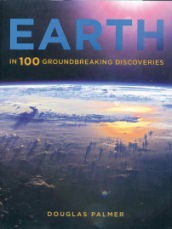
The Scottish Borders region is famed for their frontier history, and attendant myths and ballads. This book is concerned with their more ancient geological history, which is revealed by its rocks. These indicate that the area was once on the edge of a huge ocean – the Iapetus – which met its end between the inexorable crush of tectonic plates.
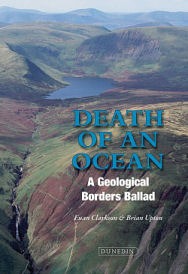
Roderick Impey Murchison must have been a remarkable man. The son of a Scottish landowner, he was one of the first people to rigorously use the principles of stratigraphy discovered by William Smith, which put him in a position to erect the Silurian system and to name about 123myrs of geological time.
